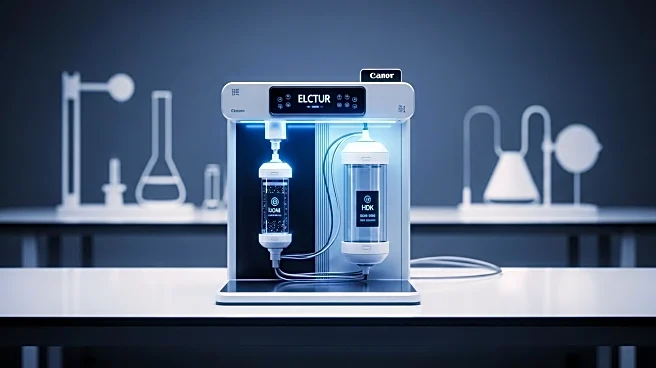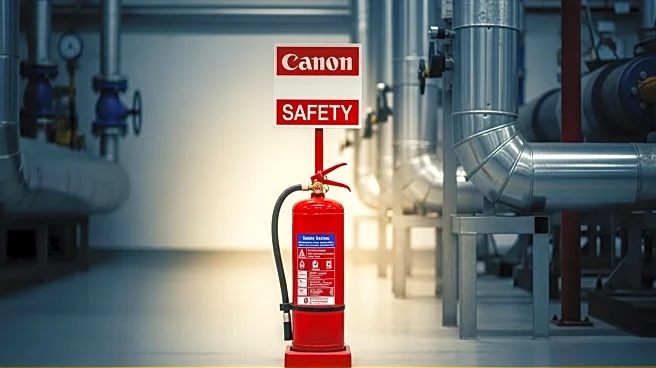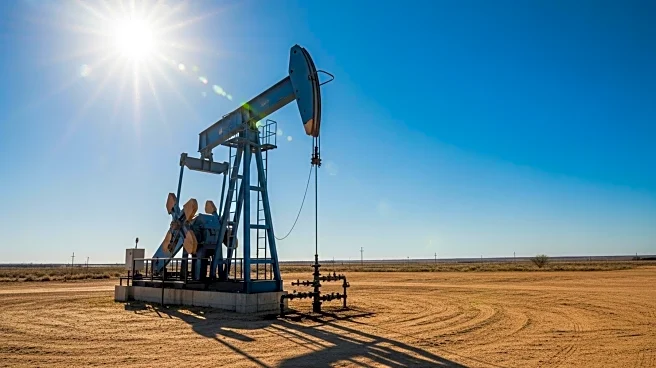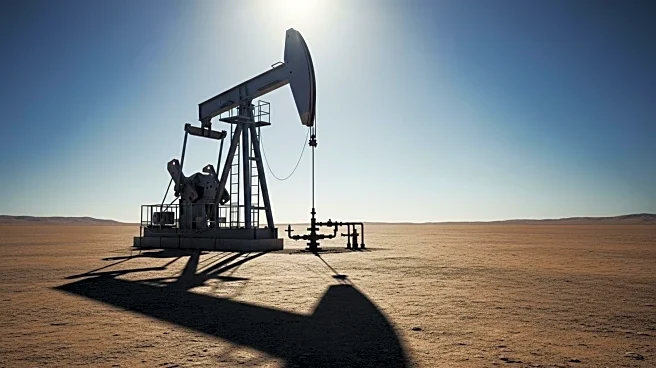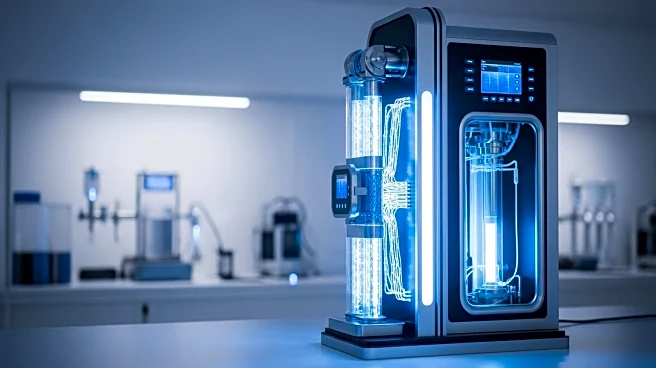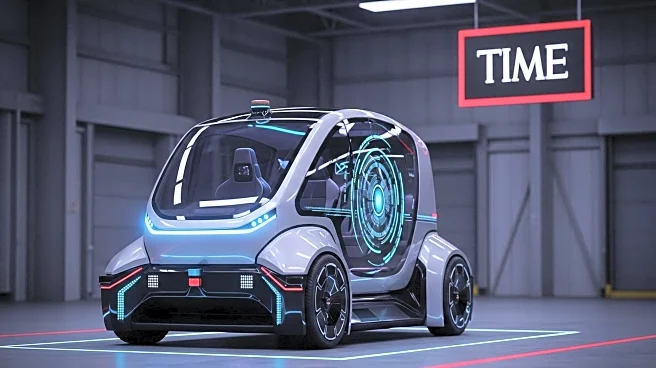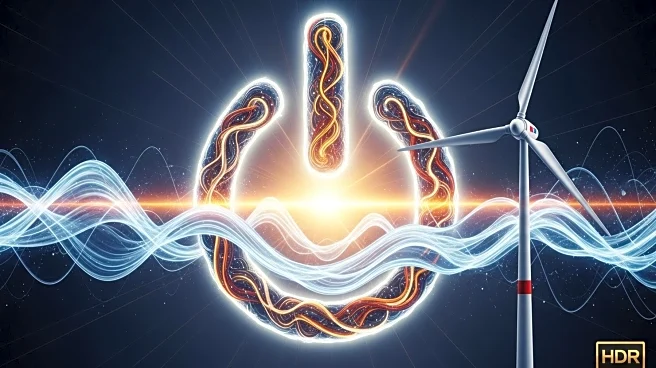What is the story about?
What's Happening?
VVater, a Texas-based company, has been recognized as one of TIME's Best Inventions of 2025 for its breakthrough in electric-field water purification. The company's Farady Reactor uses controlled electric fields to eliminate contaminants at the molecular level, replacing traditional methods like chlorine and reverse osmosis. This innovation marks a significant leap forward in sustainable infrastructure, offering a cleaner, faster, and scalable solution for water treatment. VVater's systems have processed over 4.3 billion gallons of water, including direct potable reuse, redefining water infrastructure deployment.
Why It's Important?
VVater's electrified purification system represents a major advancement in water treatment technology, addressing critical challenges in sustainable infrastructure. By eliminating the need for chemicals and filters, this system offers a more environmentally friendly and efficient solution for water purification. As global demand for clean water increases, VVater's technology could play a pivotal role in ensuring access to reliable water resources, impacting industries such as agriculture, manufacturing, and urban development.
What's Next?
With recognition from TIME, CES, and the World Future Awards, VVater is poised to expand its influence in the water technology sector. The company may seek further investment and partnerships to scale its operations and deploy its systems more widely. Policymakers and industry leaders will likely focus on integrating VVater's technology into existing infrastructure, addressing the projected $13 trillion gap in water innovation and resilience by 2030.
Beyond the Headlines
VVater's innovation highlights the growing importance of water as a critical resource in global infrastructure development. As water scarcity becomes a pressing issue, technologies like VVater's electrified purification system could redefine how water is valued and managed. The shift towards electrification in water treatment also raises questions about energy consumption and the need for sustainable power sources to support these systems.
AI Generated Content
Do you find this article useful?
